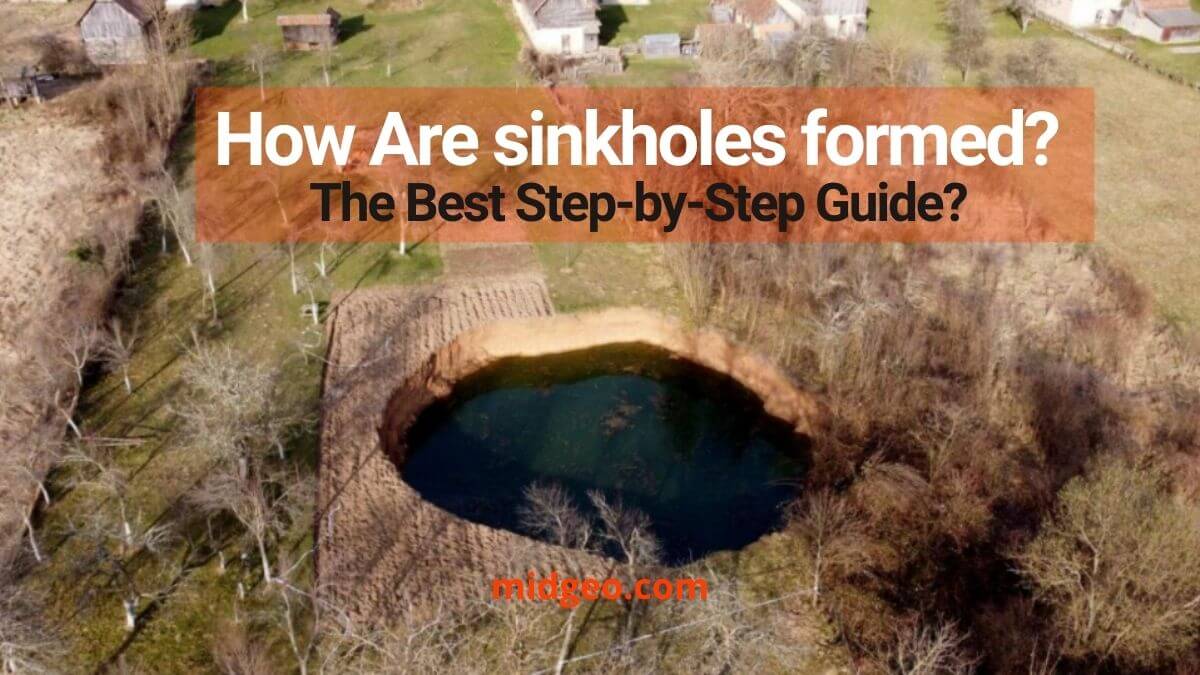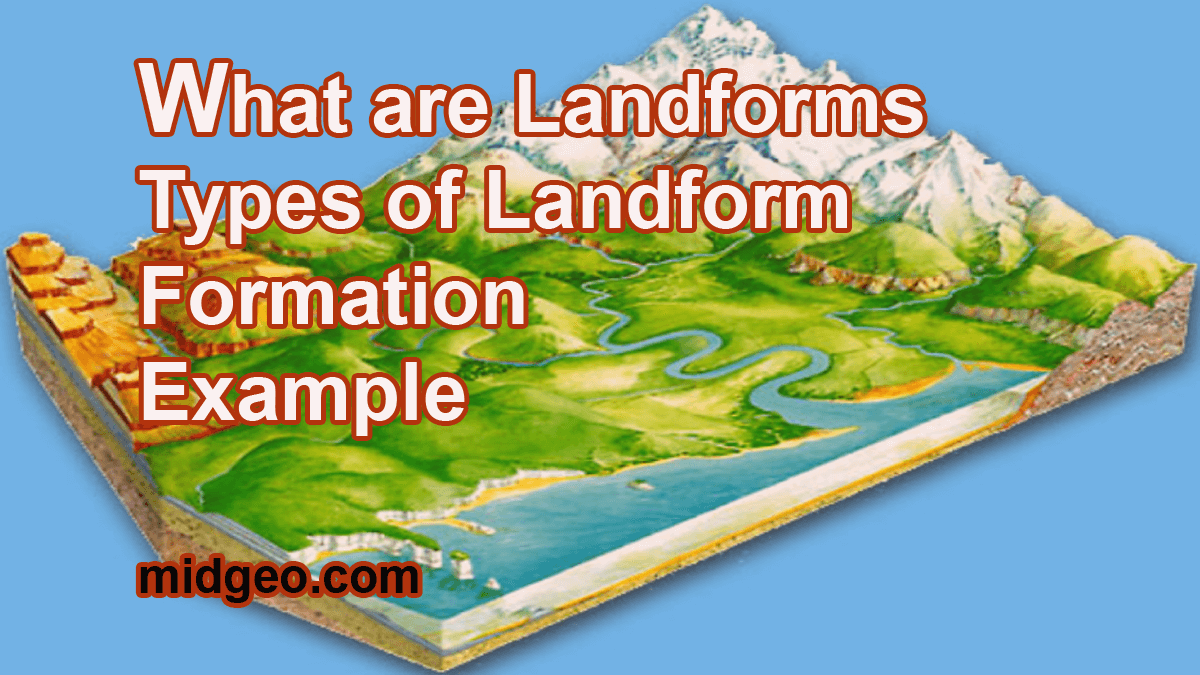
Volcanoes are one of the most spectacular and awe-inspiring natural phenomena on Earth. They can be found on every continent, from the towering peaks of Hawaii’s Mauna Loa to the violent eruptions of Mount Etna in Italy.
But how are volcanoes formed, and what are the different types of volcanoes that exist? In this article, we’ll explore the answers to these questions and more.
How Are Volcanoes Formed?
Volcanoes are formed when magma, which is molten rock, rises from the Earth’s mantle and flows to the surface. This can happen in one of two ways: either through a fissure or crack in the Earth’s crust, or through a vent or opening in a volcano.
Once the magma reaches the surface, it can form a volcano. Over time, the volcano may continue to erupt, spewing lava, ash, and other materials into the air. As the lava cools and solidifies, it can form a new layer of rock, which builds up over time to form a cone-shaped mountain.
Read Also:
- Formation of Volcanoes Step by Step and Volcano Examples
- How Many Types of Volcanoes are There? 3, 4, 5, or 6
- What are Volcanoes: Definition, Geography, and Facts
Types of Volcanoes:
There are several types of volcanoes, each with its own unique characteristics and eruption patterns. Here are some of the most common types of volcanoes:
- Shield Volcanoes: Shield volcanoes are named for their broad, shield-like shape. They are formed by slow-moving lava flows that spread out over a large area, creating a gently sloping mountain. Shield volcanoes are usually not very explosive, but they can produce large volumes of lava.
- Cinder Cone Volcanoes: Cinder cone volcanoes are small, steep-sided volcanoes that are made up of loose volcanic fragments called cinders. They are formed by explosive eruptions that shoot out cinders and other volcanic debris, which then fall back to the ground and pile up around the vent.
- Composite Volcanoes: Composite volcanoes, also known as stratovolcanoes, are tall, steep-sided volcanoes that are made up of alternating layers of lava and ash. They are formed by explosive eruptions that shoot out ash, gas, and other materials into the air. As the materials fall back to the ground, they create layers of ash and rock that build up over time to form the volcano.
How are volcanoes formed plate tectonics?
Volcanoes are formed by the movement of tectonic plates. The Earth’s crust is divided into several large plates that float on the mantle, which is a layer of hot and molten rock.
When two plates move towards each other, one of them is forced under the other in a process known as subduction.
This creates a subduction zone where the descending plate sinks into the mantle and melts, producing magma. The magma rises to the surface and erupts as a volcano.
How are volcanoes formed convergent boundaries?

Volcanoes are commonly formed at convergent boundaries, where two tectonic plates collide.
This can occur in several ways, including when an oceanic plate collides with a continental plate or when two oceanic plates collide.
In both cases, the denser plate will sink beneath the other plate in a process called subduction. As the plate sinks, it heats up and melts, producing magma.
The magma rises to the surface and can create a volcano. The volcanoes formed at convergent boundaries can be explosive and pose significant hazards to nearby populations.
How are volcanoes formed simple explanation?
Volcanoes are formed when magma, which is molten rock, rises to the surface of the Earth. Magma is created deep within the Earth’s crust by the melting of rocks due to high temperatures and pressures.
As the magma rises, it can create a vent or opening in the Earth’s surface. This vent can then erupt, spewing out ash, lava, and gases.
Over time, these eruptions can build up layers of solidified lava and ash, forming a volcano.
How are volcanoes formed in the ring of fire?
The Ring of Fire is a region around the Pacific Ocean where many volcanoes are formed. This is because the region is located on the boundary of several tectonic plates that are constantly moving and colliding with each other.
These collisions cause subduction zones, where one plate is forced beneath another. The descending plate melts and produces magma, which rises to the surface and creates volcanoes.
The Ring of Fire is known for its frequent volcanic eruptions and earthquakes.
How are cinder cone volcanoes formed?
Cinder cone volcanoes are formed by explosive eruptions that eject volcanic materials, including small rock fragments, ash, and lava bombs, into the air.
The ejected materials fall around the vent of the volcano, forming a steep-sided cone-shaped structure.
Cinder cones are typically small in size and can be found near larger volcanoes or in volcanic fields.
FAQs: How are Volcanoes Formed by Plate Tectonics, Convergent Boundaries And in The Ring of Fire
Q.1: Where are volcanoes typically found?
A. Volcanoes are found in areas where tectonic plates meet, such as along the Pacific Ring of Fire, which encompasses the coasts of North and South America, Asia, and the Pacific Islands.
Q.2: What causes volcanoes to erupt?
A. Volcanoes erupt when magma (molten rock) rises to the surface and is released through a vent or fissure. The eruption can be explosive or effusive, depending on the type of volcano and the viscosity of the magma.
Q.3: What is the most dangerous type of volcano?
A. Composite volcanoes are generally considered to be the most dangerous type of volcano because they can produce explosive eruptions that release large amounts of ash and gas.
Q.4: How many active volcanoes are there in the world?
A. There are over 1500 active volcanoes in the world, and many more that are dormant or extinct.
Q.5: Can volcanoes form underwater?
A. Yes, volcanoes can form underwater. These underwater volcanoes are known as submarine volcanoes or seamounts.
In conclusion, volcanoes are a fascinating and powerful force of nature that have captured the human imagination for centuries.
By understanding how volcanoes are formed and the different types of volcanoes that exist, we can better appreciate their beauty and the danger they can pose.
Whether you’re a geologist studying the Earth’s history or a curious traveler exploring the world’s most famous volcanoes, there’s always more to learn about these awe-inspiring natural wonders.





